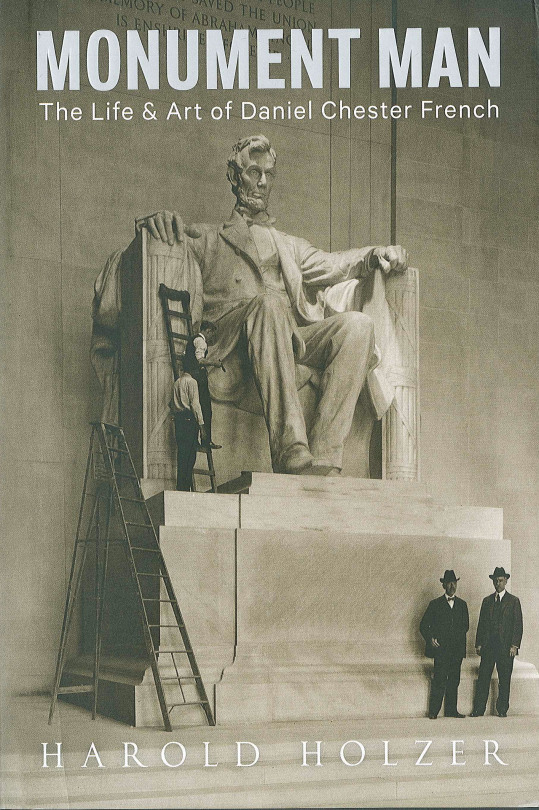#haroldholzer
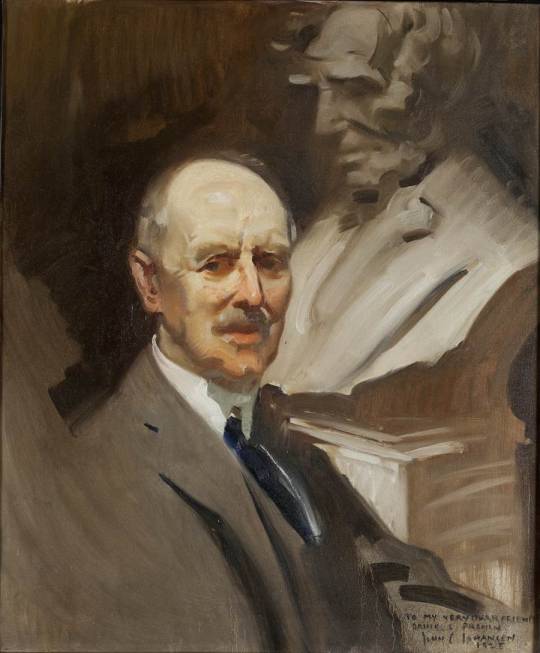
Born in New Hampshire in 1850, Daniel Chester French would grow up to be one of the most famous U.S. sculptors of his time. In 1867, French moved with his family to Concord, Massachusetts where he became a neighbor and friend of Ralph Waldo Emerson and the Alcott family. May Alcott is said to have been the influence pushing French to become a sculptor.
French spent his early training and education with William Rimmer for anatomy and William Morris Hunt for drawing. He then spent a year studying at the Massachusetts Institute of Technology as well as in Florence at the studio of Thomas Ball. In 1875, French gained his first accolades and appreciation for his statue “Minute Man.” This statue was commissioned by the town of Concord, MA and was created to commemorate the battle of Lexington and Concord that had occurred 100 years prior.
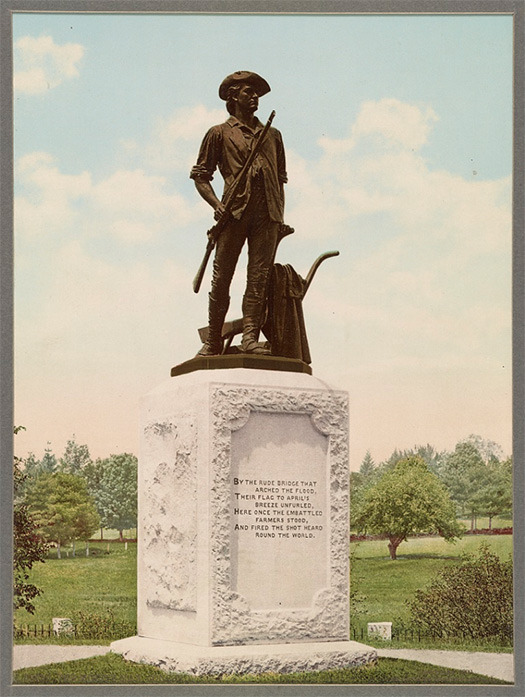
Shortly after the sculpture creation, French opened his first studios: initially in Washington D.C., then moving to Boston, and finally to New York. With the World’s Colombian Exposition of 1893, French’s reputation began to grow as his “Statue of the Republic” gained national acclaim. French then followed this sculpture with other memorable works including: the “First Division Monument” and the “Butt-Millet Memorial Fountain” in Washington; “John Harvard,” Cambridge, Massachusetts; bronze doors for the Boston Public Library; and “The Four Continents” at the US Custom House, New York, which is now the Alexander Hamilton US Custom House.

French’s most popular work is the Lincoln Memorial, which was one of many projects that he collaborated with architect Henry Bacon on. For Indiana, French is known for creating the statue of Beneficence at Ball State University. In 1893, French became one of the founding members of the National Sculpture Society and then was appointed a Fellow of the American Academy of Arts and letters in 1913. In 1917, French and his colleague, H. Augustus Lukeman designed the Pulitzer Prize medal- French specifically designed the side with Benjamin Franklin on it (Image from Pulitzer.org).
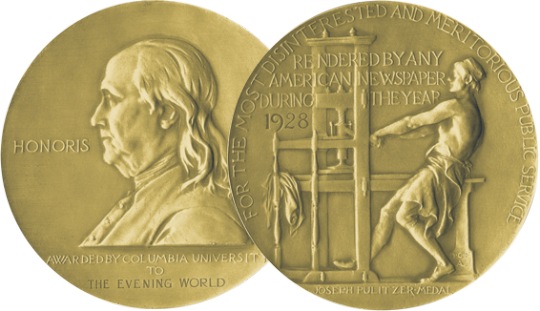
French was known for his collaborations. Besides working with those listed above, French also collaborated with Edward Clark Potter on the statue of George Washington in Paris, the statue of General Grant in Philadelphia, and the statue of General Hooker in Boston. He also worked Walter Leighton Clark and helped to found the Berkshire Playhouse, which later became the Berkshire Theater Festival. (Photo: Library of Congress, LC-USZ62-10017)
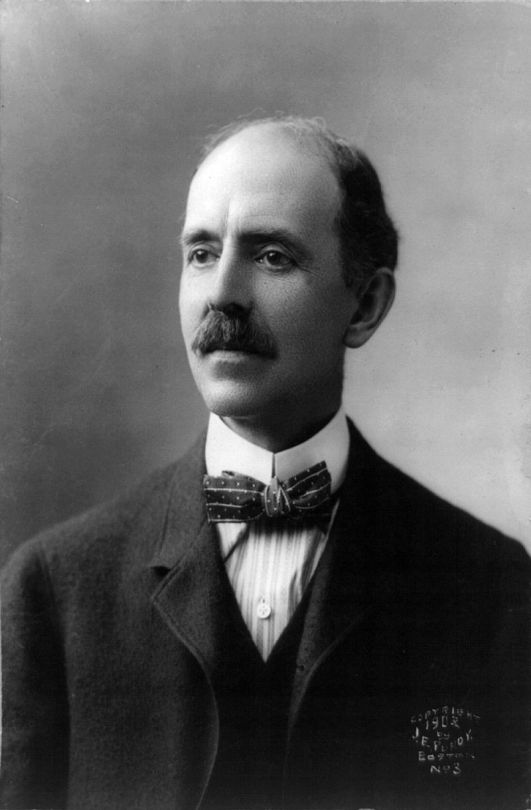
French received an honorary Master of Arts from Harvard after his creation of the statue of Emerson. He continued to sculpt and teach, including sculptor Edith Howland was one of French’s students. Howland was also known for studying under another famous Lincoln sculpture, Augustus Saint-Gaudens. French is also remembered for his estate and summer art studio, Chesterwood, that was designed by his friend and architect, Henry Bacon.

To learn more about Daniel Chester French and his influential friends, and to see images of Chesterwood, check out Harold Holzer’s article on his book “Monument Man: The Life and Art of Daniel Chester French” in “Lincoln Lore” available online here: https://www.friendsofthelincolncollection.org/lincoln-lore/an-interview-with-harold-holzer-on-monument-man/
